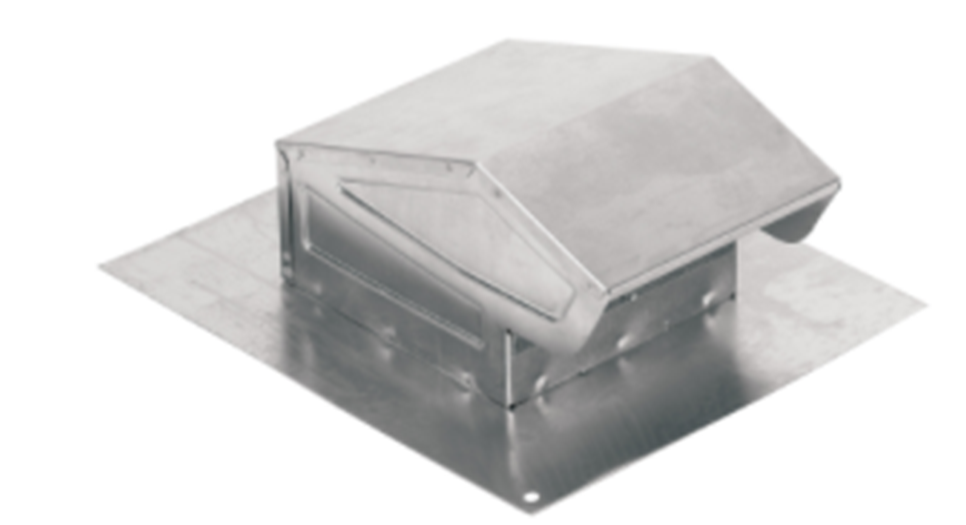Bath vents are something that is not discussed widely enough. They are present in most of the houses but we might not know the exact use of them. In this blog, we will learn the importance of bath vents and their use. They have a lot more function than just maintaining the humidity level in the bathroom. Bath vents also help with minimizing bacteria growth along with keeping the air clean and fresh.
First, let us learn about ventilation and its importance.
What is ventilation and why is it important?
Ventilation is the process of changing or replacing air in any space to control the temperature. It helps in removing any combination of moisture, odors, smoke, heat, dust, airborne bacteria, or carbon dioxide, and replenishes oxygen. Ventilation often refers to the intentional delivery of the outside air to the building indoor space. It is one of the most important factors for maintaining acceptable indoor air quality in buildings.
What is a bath vent?
A bath vent is a mechanical ventilation device that exhausts indoor air to the outdoors through a flexible tube or metal duct.
Why is it important?
It is quite obvious that bathrooms are the wettest and most humid place with minimum to no ventilation. Washing your hands, flushing the toilet, taking showers, all add moisture to the air in the bathroom. With zero ventilation in the bathroom, moisture can easily get trapped which can cause huge problems. The bath vents help to filter the air. It also prevents moisture from damaging the wall, ceiling surfaces, saturation of building insulation, mold contamination, and decay of wood trim.
Many building codes also now require the bath vent for new construction or when major bathroom remodeling is on the way.
What are the different styles of bathroom vent fans?
Bathroom vent fans usually come in three styles: ceiling-mounted, wall-mounted, and inline/remote.
Ceiling-mounted fans-
They are installed in the ceiling and the vent is either released into the attic or out through the roof.
Wall-mounted fans-
These are mounted on the external wall of the house. They are generally used only if there is no way to vent through the roof.
Inline fans-
Inline fans or remote fans have a unit located in the location as attic. The ductworks connect the fan to an opening in the bathroom ceiling covered by the grill. Inline fans are most effective when the homeowner wishes to vent multiple bathrooms or have multiple vents in one large bathroom.
Bath vents should be powerful enough to remove excess moisture before it condenses on cold walls and windows. The excess moisture can potentially damage finishes, or escape into wall or ceiling cavities. They may also lead to decay or peeling paint.
The minimum ventilation rate for bathrooms required by the 2003 International Residential Code (IRC) is 50 cfm(cubic feet per minute) intermittent or 20 cfm continuous (if part of a whole-house ventilation system).
For optimal ventilation, the exhaust should be located near the source to be ventilated. The ideal location for the bath vent would typically be over the tub or shower. Depending on the size of the bath, a single exhaust point is usually adequate. In larger baths, multiple smaller fans will be more effective.
It is recommended that the vents should be directed outdoors from the roof. The air should not be moved into the attic or crawlspace. Most of the homeowners direct vent into these spaces to save on extra cost. This compromises the indoor air quality and damages the attic.
Bath vents should be insulated around the flexible hose or metal duct leading from the fan housing to the outdoor louvered cap. This will help reduce the loss of indoor heat to the outdoors.



